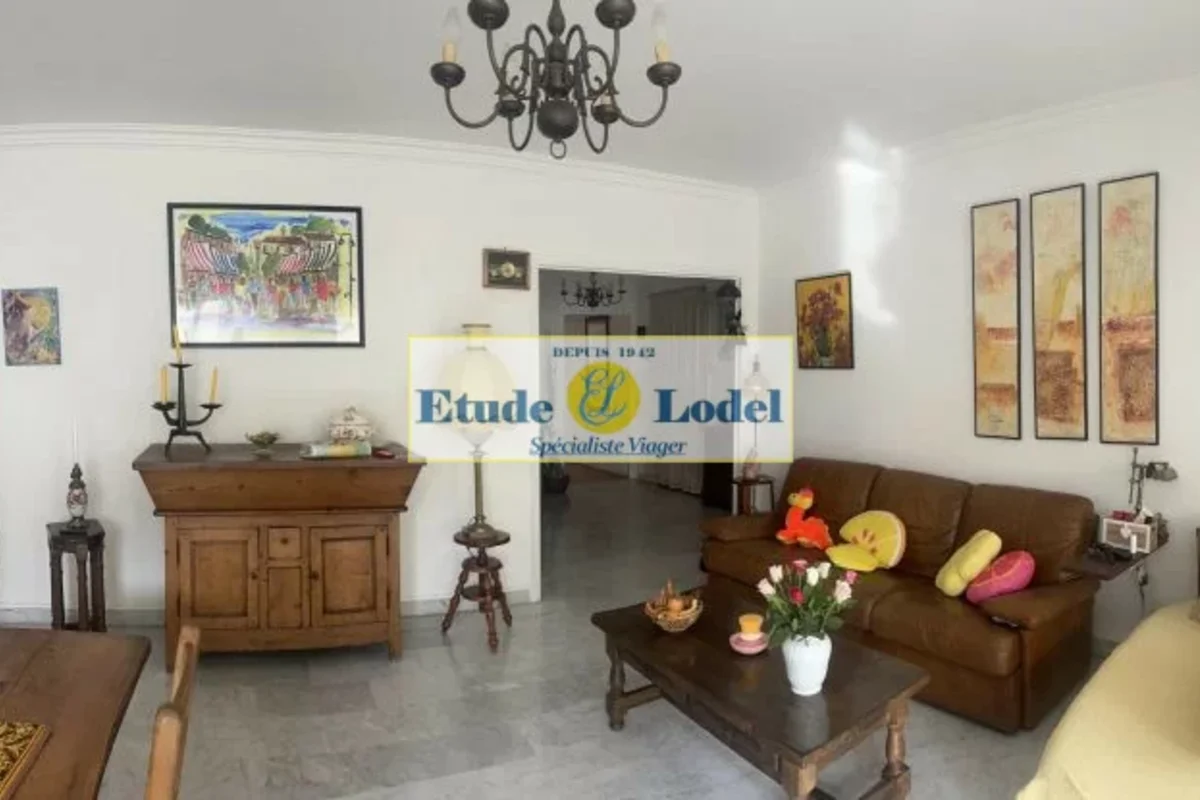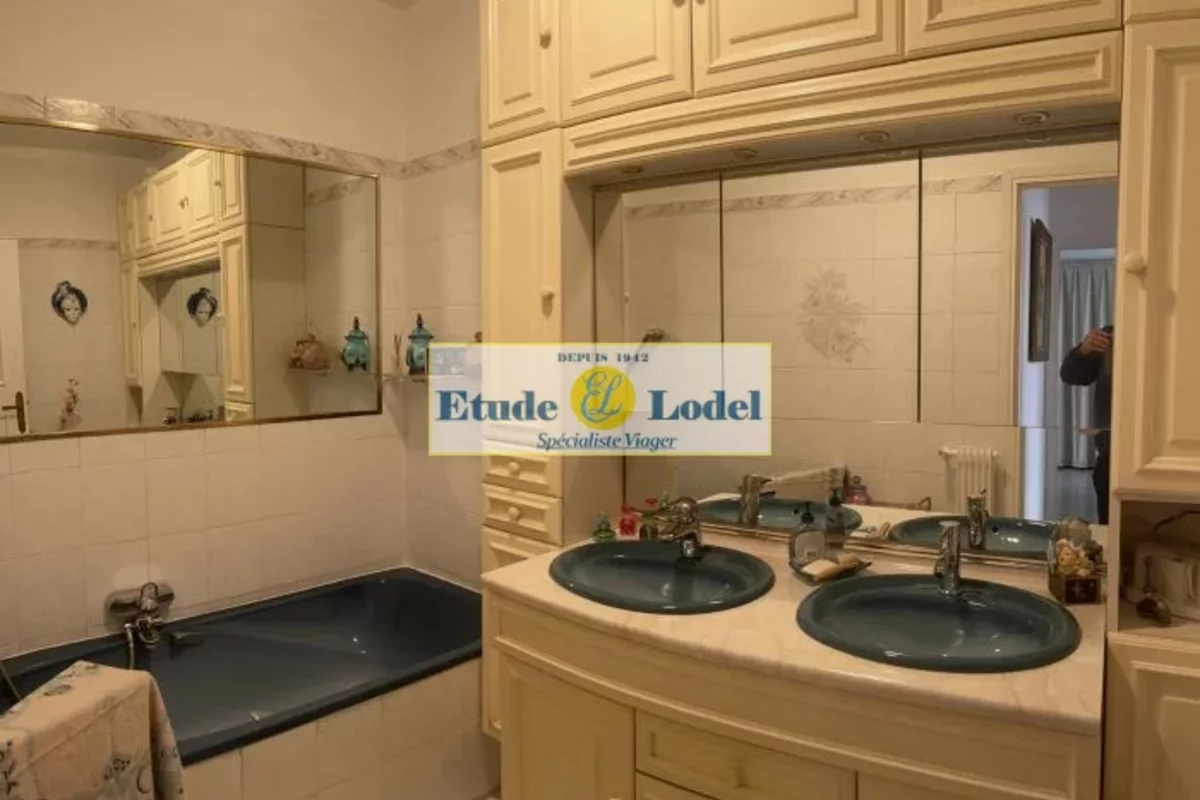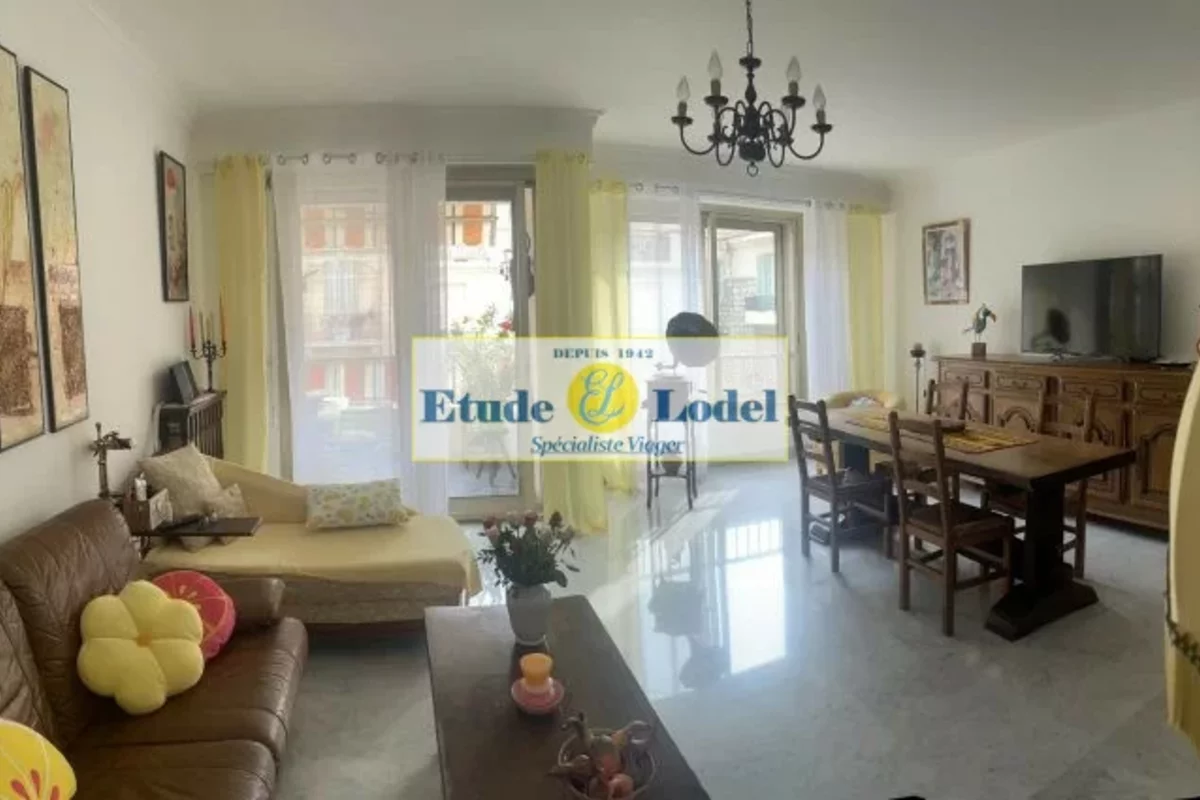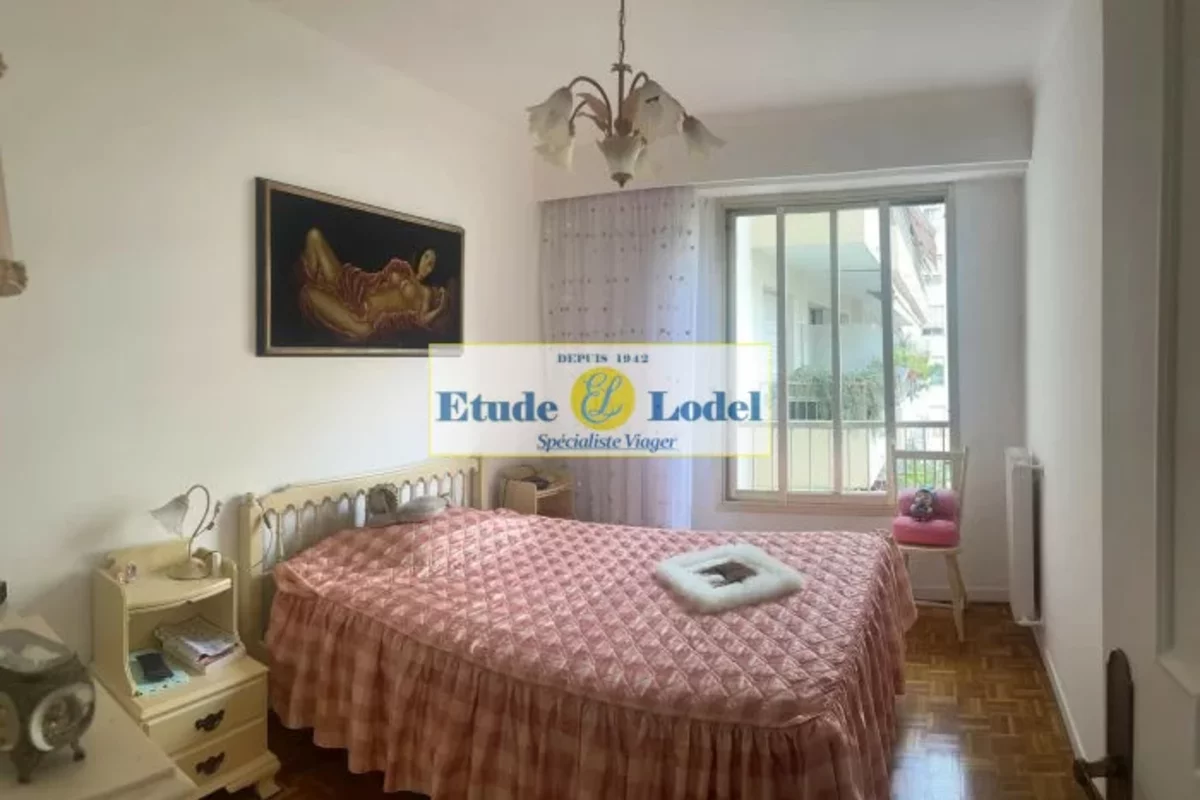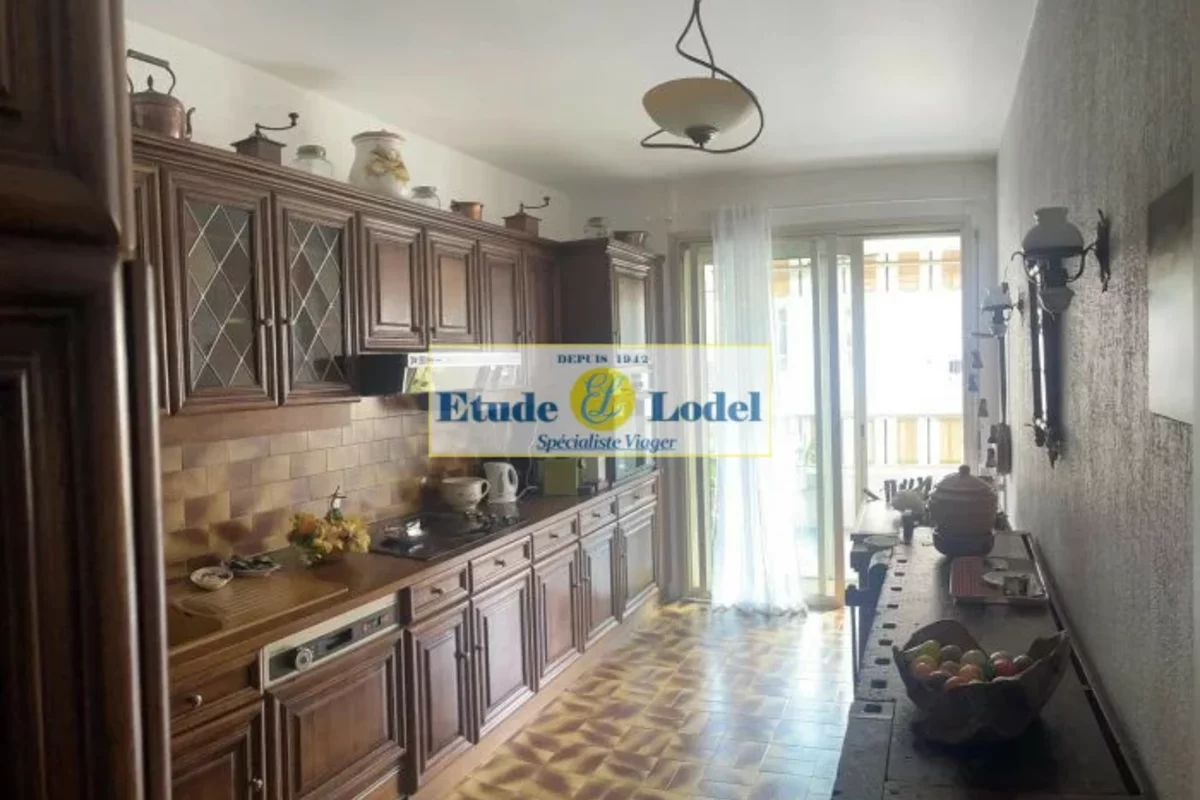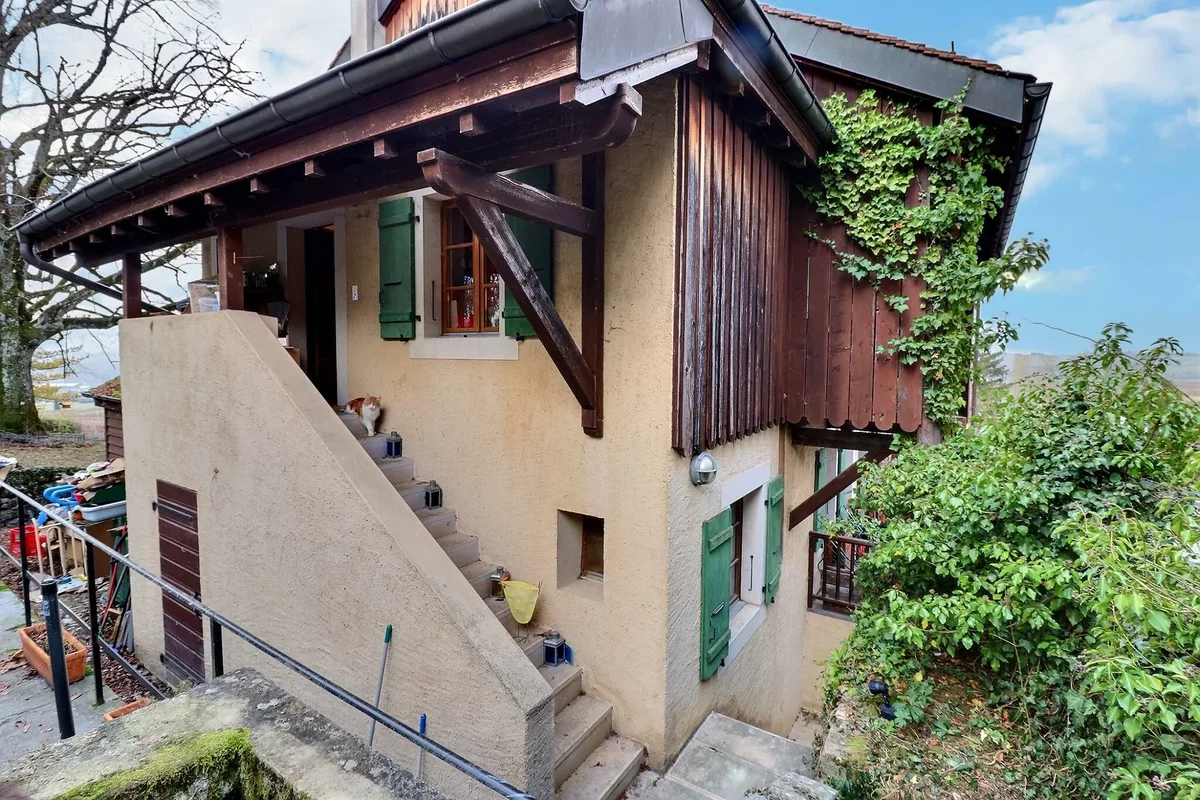
French real estate roulette: what is a Viager life annuity contract, and how do such deals work?
Is the Viager annuity agreement French roulette or a bargain? What presidents have invested in real estate through this agreement? What objects are now sold under this scheme? In this article, we look at the history of the life maintenance contract in France and find out what types of “viager” agreements there are, how such deals are handled, and what risks they entail.
What is a Viager, or life maintenance contract in France?
Remember the movie “My Old Lady”, starring Kevin Kline? There he encounters a legal French agreement called “en viager.” The fact is that this type of real estate transaction accounts for roughly one percent of all real estate transactions in France—about 5,000 to 10,000 houses or apartments are sold as life annuities each year in the country.
So what kind of arrangement is this? “Viager” is a special type of real estate transaction that implies that the buyer acquires real estate but can only move into it after the death of the seller. This practice is most common in France (especially in Paris and Provence), but has recently become popular in Switzerland and Luxembourg.
In most cases, in exchange for a lower-than-usual price, the buyer agrees to pay the seller a monthly rent for the rest of his life. When the seller (credirentier) dies, the buyer (debirentier) takes possession of the property. Thus, this contract allows the seller to remain in his home with a steady source of income in the form of monthly payments.
It turns out that neither the seller nor the buyer knows at the time of signing the contract of sale how much the final value of the property will be (this is the principle of contingency). This amount depends on the date of the seller's death.
History of Viager practice and famous examples
“En viager” agreements go back to the 9th century—they were introduced by Charles II the Bald in 876. The first records of the scheme can be found in 17th-century documents; the first significant transaction took place in 1662, when Charles IV the “Beautiful” sold his Duchy of Lorraine to Louis XIV for a lifetime pension.
A few centuries later, in 1841, the Sultan of Mayotte, Andrian Suli, used this scheme to sell the Île-de-France region, including the city of Paris, for an annual pension of 1,000 piastres.
This practice was also used by some presidents. For example, Charles de Gaulle purchased an estate in Colombe-les-de-Églises, Boisserie, using an annuity contract. J.F. Kennedy also used this scheme to invest in real estate.
There is also a relatively recent sensational story involving the practice of Viager. In 1997, Jeanne Louise Calment became known worldwide for breaking the record by living to the age of 122. But people started talking about her not only in the context of her longevity—she, among other things, survived the man who bought her house.
That's how it was: In 1965, at the age of 90, Kalman sold her house under the “en viager” scheme to 47-year-old André-François Raffray. However, he was never able to move into the house he purchased. The sad irony was that Raffray died two years before Kalman, having paid more than double the value of the house for those thirty years.
Of course, this story is the exception rather than the rule, but it means that buying “en viager” can involve both advantages and risks. We will tell you about both.
What types of Viager agreements are there?
1. Viager Occupé
This is the most common viager scenario, which is a life annuity with the right of possession. 90% of such transactions in France take place under this scheme.
What is the point? The buyer receives a discount on the price of the property and makes a lump sum as a down payment, called a “bouquet”. Usually, the bouquet is between 20% and 30% of the total property value.
The remainder of the value is paid in the form of a life annuity, which is paid monthly, quarterly, or annually to the seller for the rest of his life. This type of agreement also implies that the buyer must pay property taxes and insurance, as well as take responsibility for any repairs.
The amount of the annuity stated in the purchase and sale agreement is determined based on several factors. These include the age and life expectancy of the seller, the value of the property, the rent that the seller would receive when renting out his property, and so on.
2. Viager Sans Rente
This scenario is largely similar to the previous one, except for the monthly annuity payment. Here, the buyer makes a full lump sum payment at the beginning of the contract and takes possession of the property upon the seller's death.
3. Le Viager Libre
This option does not imply the right of residence of the seller in the property. Thus, the right to reside in it or rent it out remains with the buyer. In this scenario, as in the first, the buyer is required to make a down payment and then pay the seller an indexed annuity each month. Since the buyer gets free access to the property, he or she is also responsible for paying all taxes and fees associated with the property.
4. La Vente à Terme
In this case, the buyer pays an initial down payment and a monthly annuity, but the term of the annuity is set in advance.
The monthly payments are paid until an agreed-upon date, even in the event of the seller's death. Such an agreement can be made with both unoccupied and occupied real estate. If the property is occupied, the buyer takes possession after the owner dies.
5. Viager vacances or holiday viager
This is a rare type of viager where the seller vacates the property for a specific period each year (usually during the vacation season).
What does the process of selling a life annuity look like?
Any kind of real estate can be purchased as a life annuity: apartment, house, mansion, building land, etc. Here is what the process of buying a property under the Viager scheme usually looks like:
- The seller and buyer sign a viager agreement containing the terms of the real estate transaction.
- The notary makes sure that these terms are accurately followed and adhered to by the parties involved. Unlike other financial contracts, this one does not require the mediation of a bank or insurance company.
- The buyer pays a lump sum as a down payment, commonly known in France as a bouquet (typically in the amount of 15–30% of the property value). The bouquet is exempt from tax.
- In addition to the lump sum, the buyer agrees to pay a certain percentage in monthly payments (annuity) for the remainder of the seller's life. The amount of the annuity depends on the amount of the initial lump sum payment: the higher the amount advanced, the smaller the annuity. It is also standard practice to tie the annuity to the benchmark housing rent index as measured by the French statistical institute INSEE. Although a life annuity is subject to income tax, it is entitled to a rebate, the amount of which depends on the seller's age at the time of the first annuity payment.
- The seller generally continues to live in his or her home after the transaction.
- When the seller dies, the property passes to the new owner.
Important. If more than one seller is involved in the transaction (for example, if the property is sold by a couple), the agreement may contain a clause stipulating that the annuity will continue to be paid to the second annuity recipient after the death of the first.
Who can sell a life annuity?
Any individual who owns real estate, regardless of age. However, this system is aimed primarily at the elderly. The key point is that the sellers must not be suffering from a life-threatening illness. If they die within 20 days of signing the contract, the sale is void.
Who can be a buyer?
The buyer can be either an individual or an entity. Financial security (in the form of a deposit or mortgage) is usually required so that the buyer can make regular annuity payments. If the buyer dies, the obligation to pay the annuity passes on to his heirs.
There is always a resolution clause in the contract of sale in the event of nonpayment. In this case, the transaction is cancelled, and a portion of the annuities already paid remains with the seller as compensation.

The source of photo: wallstreetmojo.com
What are the risks associated with the Viager scheme?
The obvious risk for the buyer is that he or she does not know how long the seller will live and therefore cannot determine the final cost of the purchase and plan to move into his or her property.
Another significant risk for the buyer, like any other form of mortgage, is the ability to maintain regular payments. If the buyer is unable to pay the established annuities, he or she risks not only losing the property but also the amount originally invested.
In addition, there is the risk associated with changes in real estate prices. Any significant fluctuation can affect both the buyer and the seller.
What are the benefits of a Viager contract?
For buyers:
- A viager agreement offers a buyer an attractive opportunity to purchase a home at a substantial discount.
- It is a great investment, especially if you do not plan to live in or use the property for an extended period of time.
- Buyers from France, as well as from other countries, can enter into the contract.
For sellers:
- The viager scheme allows the seller to remain in the property while earning additional income.
- The seller is also protected against the risk of the buyer not paying the monthly annuity. In the event the buyer defaults on payment, the seller has the right to repossess the property under the seller's privilege provisions.
Examples of properties that can be purchased under a Viager annuity contract
In general, the selection of properties that are sold in life annuities is very wide, and, as it turns out, there are many platforms that deal specifically with this type of transaction. Here are a few examples.
An apartment with 103.49 square meters is available in Nice. The terms of the Viager contract are as follows: a bouquet of €80,000 and then a monthly indexed rent of €1250. As they write in the ad, the market value of the property is €495,000. The apartment is occupied by a single owner aged 73 years.
The source of photo: etudelodel.com
As we have already mentioned, a similar rent agreement is common not only in France, but also in Switzerland. In Geneva, for example, they are now selling a duplex with a garden surrounded by vineyards. The terms of the contract are as follows: the bouquet is 120,000 Swiss francs (€123,298) and the monthly rent is 3,500 Swiss francs. According to the description, the market value of the property is now at 850,000 (€873,365). The property has 2 owners (age 81 and 86).
The source of photo: viagers.ch
Author
I am responsible for editorial work. I write expert interviews and guides.








